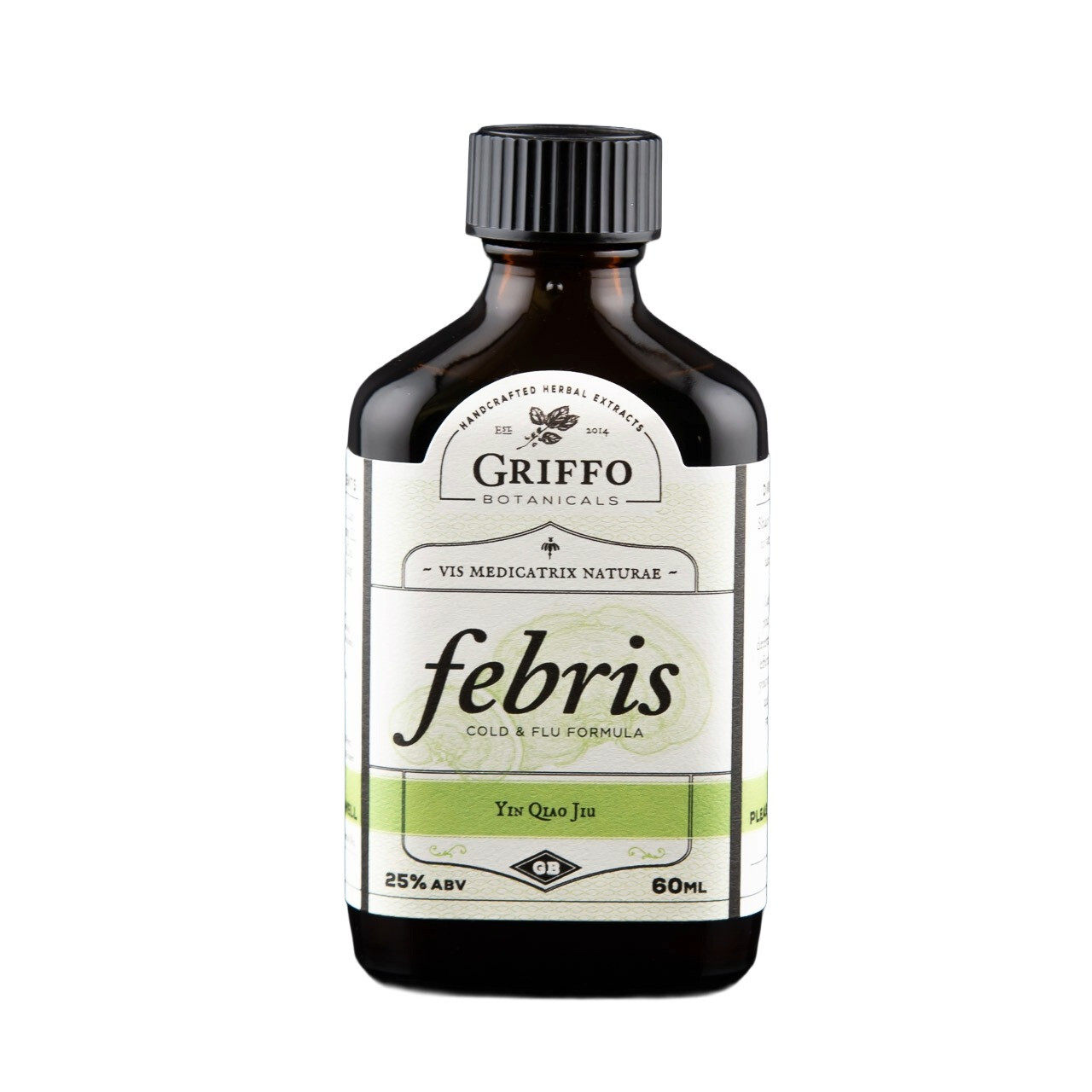Posted by Frank Griffo on Nov 10th 2025
Ban Lan Gen
Herbal snapshot for pattern-based care. Ban Lan Gen (Isatidis Radix) is used to support healthy immune, throat, and respiratory function, particularly during seasonal or environmental challenges. Modern research continues to explore its role in supporting the body’s natural immune defenses and maintaining normal inflammatory balance.
Classical properties
| Chinese Name | Ban Lan Gen |
|---|---|
| Pharmaceutical Name | Isatidis Radix |
| Botanical Source | Root of Isatis indigotica (Brassicaceae) |
| Flavor / Nature | Bitter, cold |
| Channels | Heart, Lung, Stomach |
| Functions |
Clears heat, resolves toxicity, cools blood, and supports the throat during wind-heat patterns. |
| Classical Application | Febrile/epidemic disease with sore throat, high fever, toxic swellings; mumps, erysipelas, maculopapular eruptions; modern use for viral/bacterial patterns; jaundice and dysentery due to damp-heat. |
| Key Indications | Sore throat; tonsillitis; influenza; parotitis; erysipelas; jaundice; febrile rashes; hepatitis; epidemic toxin. |
| Dosage / Form | Decoction 9–15 g (up to 30 g if severe toxicity). Tincture/extract: 1 mL ≈ ~1 g powder equivalent. |
| Synergistic Pairs | Da Qing Ye (systemic viral heat toxin); Jin Yin Hua + Lian Qiao (sore throat, wind-heat); Pu Gong Ying + Zi Hua Di Ding (skin eruption); Huang Qin + Chai Hu (damp-heat hepatitis). |
| Cautions | Loose stool, deficiency cold. Use short-term during active heat-toxin; prolonged use may injure stomach qi. |
| Modern Pharmacology | Antiviral (influenza, hepatitis, coronaviruses), antibacterial, anti-inflammatory, immunomodulatory, hepatoprotective. Key constituents include indigo, indirubin, and alkaloids; inhibit viral replication and cytokine upregulation. |
| Typical Formulas | Ban Lan Gen Chong Ji; Da Qing Long Tang; Qing Wen Bai Du Yin. |
| Taste / Organoleptic | Strongly bitter, slightly earthy; dense root with faint aroma. |
| Harvest / Prep Notes | Harvest late autumn or early spring; wash, slice, and dry ≤ 60 °C to preserve indole pigments. |
How it works
Antiviral: Extracts inhibit influenza A in cell models and may enhance mitochondrial antiviral signaling.
Anti-inflammatory: Ban Lan Gen reduces inflammatory responses, aligning with observed clinical symptom relief.
Pattern-based use
Invasion — wind-heat: Pair with Jin Yin Hua and Lian Qiao for throat-focused wind-heat. Can sit alongside early-stage “Febris” formula when heat signs dominate.
 Shop Griffo's Febris formula
Shop Griffo's Febris formula
Phlegm phase — hot phlegm: Combine with Gua Lou Pi and Zhe Bei Mu; add light yin support to prevent over-drying.
Recovery — residual heat: Taper; pivot toward qi/yin restoration (Huang Qi, Mai Men Dong) while maintaining a light “heat watch.”
Form factors and integration
Tincture: Acute heat-throat blends with Jin Yin Hua, Lian Qiao, Bo He.
Tea: Combine Ban Lan Gen with Jin Yin Hua and Ju Hua; add Gan Cao to moderate bitterness. For damp-heat throat with sinus heaviness, add small amounts of Huo Xiang or Pei Lan.
Shop Griffo's Gan Mao formula
Safety and quality
Generally well-tolerated for short-term use; avoid prolonged administration in qi/yin-deficient patients without heat. Ensure source authenticity—use root (Radix) not leaf (Da Qing Ye).
Bottom line
When wind-heat sore throat and early flu-like symptoms dominate, Ban Lan Gen is a rational, pattern-concordant add-on with antiviral and inflammation-modulating coverage. Use early and short, then transition toward rebuilding strategies as symptoms cool.


